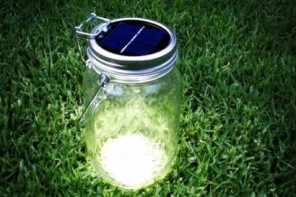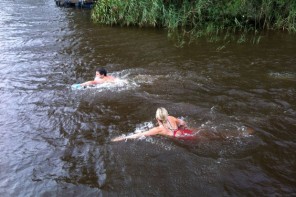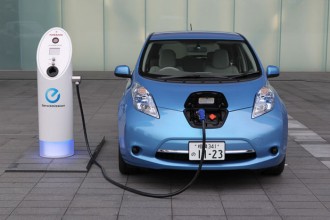Green Goals for Green Point Stadium
The city of Cape Town is in the process of implementing the green goal programme for 2010. This programme was pioneered during the 2006 World Cup in Germany. The green goal programme in Cape Town aims to improve and lower the environmental impact and carbon footprint of the 2010 Fifa World Cup and identifies 41 projects across 9 target areas, including the conservation of water resources, an integrated waste management system focused on reducing and recycling waste, the promotion of environmental awareness and the promotion of sustainable lifestyles.
‘Green’ Point Stadium
Green Point Stadium was reviewed by a team, commissioned by the department of environmental affairs and tourism. Among the things the teams assessed were the proposals surrounding the use of environmental technologies such as passive lighting, water-saving, heating and cooling applications, while the efficacy of the stadium’s consumption of electricity and water, and its waste-management system was rated within the context of conservation targets.
Green Point stadium was found to perform well in terms of energy conservation. The stadium will also have a state-of-the-art energy efficient air-conditioning system and compact fluorescent lamps will further reduce energy requirements.
The stadium building has been designed to shade itself during the hot period of the day and the mesh fabric cladding of its façade will allow for natural ventilation. The Green Point stadium will also be equipped with a building management system with manual and automatic controls which can monitor the occupation of areas of the stadium and decisions can be made to reduce or switch off lighting and air-conditioning in rooms not in use.
Water Saving
Water saving has also been a key issue in the design of the Green Point stadium. The review team applauded the inclusion of toilets with dual-flush mechanisms, taps with self-closing metering valves and aerators and low-flow showerheads to reduce water consumption in the stadium. Water-wise and indigenous landscaping has been specified for the stadium and the Green Point common.
Various sources of irrigation water were considered for the stadium and surrounding areas, such as the collection of stadium roof rainwater, waste water and borehole water as alternatives to using potable water.
Oranjezicht springs
It was found that the harvesting of spring water from the Oranjezicht springs, next to Homestead Park, could be routed to the Green Point common for irrigation purposes.
The use of this sustainable supply of spring water for irrigation will improve Cape Town’s ability to adapt to climate change and is a significant legacy project of the 2010 Green Goal programme.
(Cape Times)






